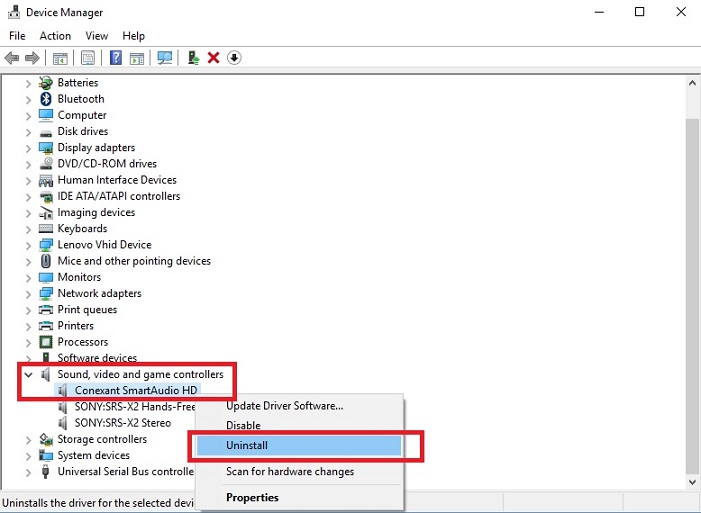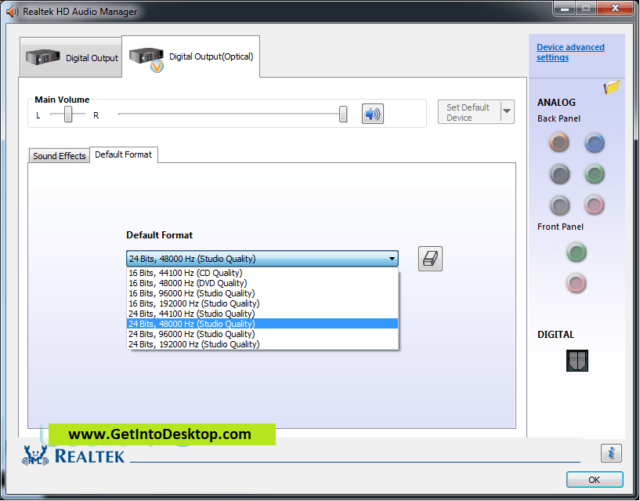


When enabled by proper files, the characteristics of the sound card (like model, manufacturer, number of channels) are completely available to computers, and all its features are made accessible. Usually, Windows operating systems apply a generic audio driver that allows computers to recognize the sound card component and make use of its basic functions. Close the wizard and perform a system reboot to allow changes to take effect. Read EULA (End User License Agreement) and agree to proceed with the installation process. Allow Windows to run the file (if necessary). Locate and double-click on the newly-downloaded file. Save the downloadable package on an accessible location (such as your desktop). Make sure that all system requirements are met.

To install this package please do the following: Even though other OSes might be compatible as well, we do not recommend applying this release on platforms other than the ones specified. If it has been installed, updating (overwrite-installing) may fix problems, add new functions, or expand existing ones.

The drivers below also available on the asio4all website covers Windows 98 Second Edition all the way to Windows 10.This package provides the driver for the Realtek High-Definition (HD) Audio in supported notebook models that are running a supported operating system. Higher bit-depth samples offer the potential for a higher signal-to-noise ratio. In addition, ASIO supports 24-bit samples, unlike Windows NT 5.x MME and DirectSound which truncate 24-bit samples to the upper 16 bits, whereas Windows NT 6.x mixer provides 32-bit floating point output. Unlike KMixer, an unmixed ASIO output is "bit identical" or "bit perfect" that is, the bits sent to or received from the audio interface are identical to those of the original source, thus potentially providing higher audio fidelity. Its main strength lies in its method of bypassing the inherently high latency and poor-quality mixing and sample rate conversion of Windows NT 5.x audio mixing kernels (KMixer), allowing direct, high speed communication with audio hardware. In this way ASIO offers a relatively simple way of accessing multiple audio inputs and outputs independently. Each layer that is bypassed means a reduction in latency (the delay between an application sending audio information and it being reproduced by the sound card, or input signals from the sound card being available to the application). ASIO bypasses the normal audio path from a user application through layers of intermediary Windows operating system software so that an application connects directly to the sound card hardware.


 0 kommentar(er)
0 kommentar(er)
